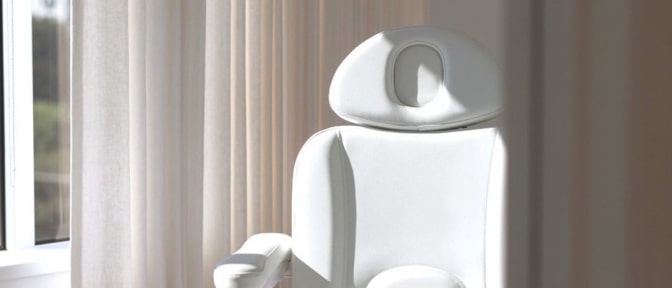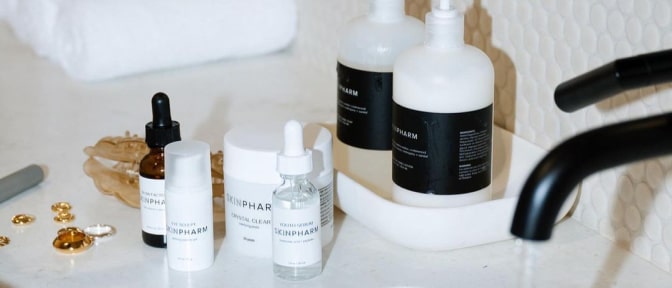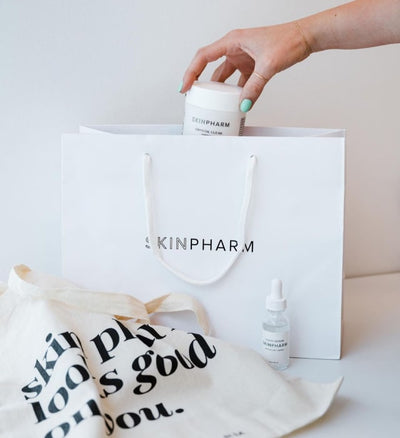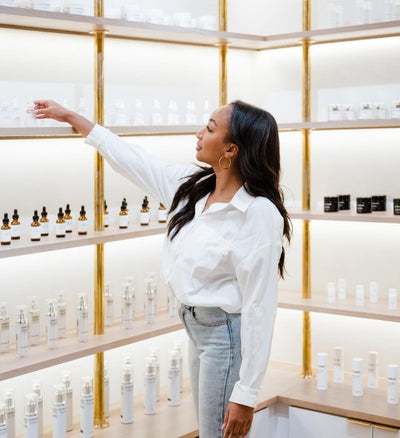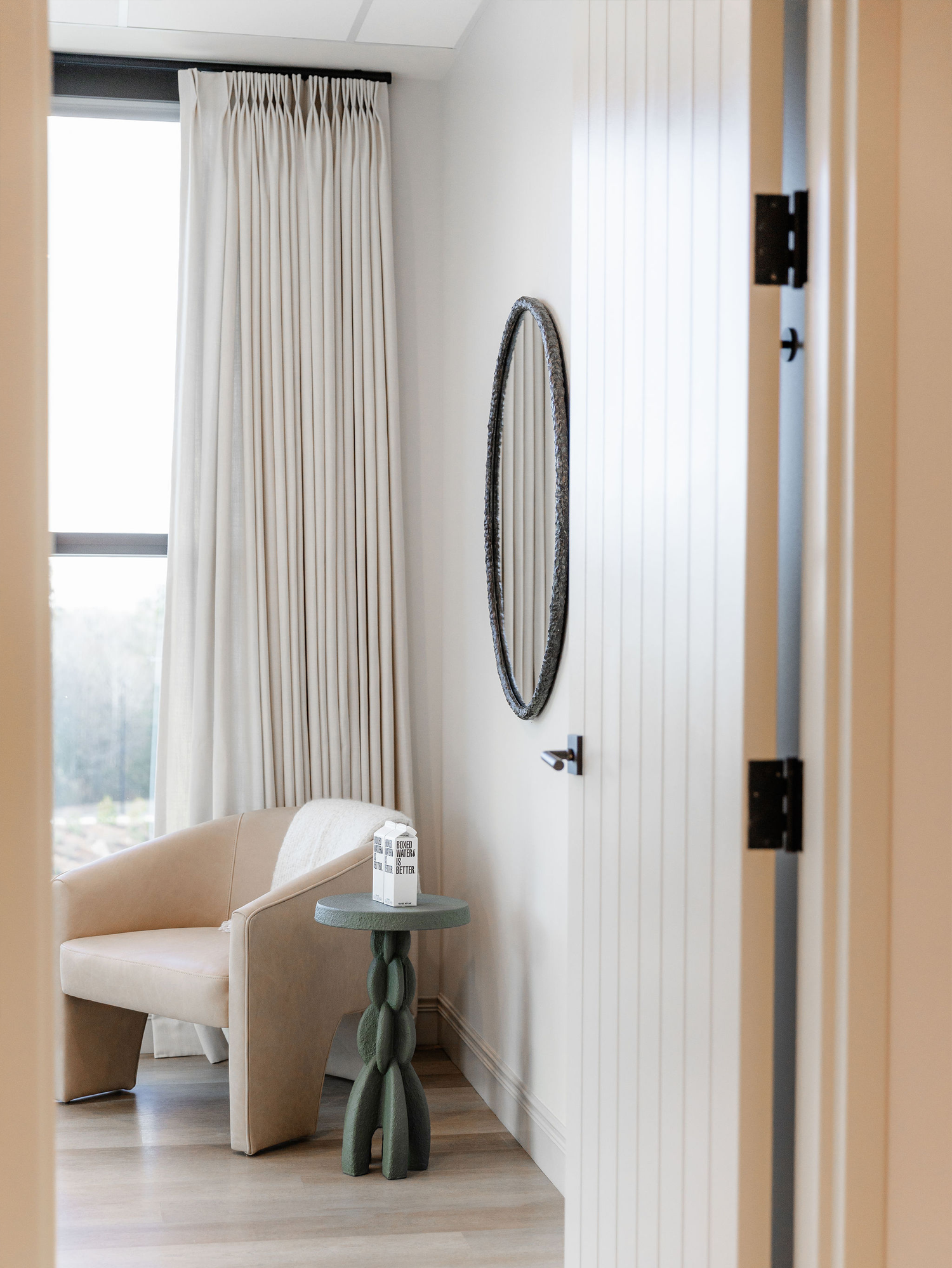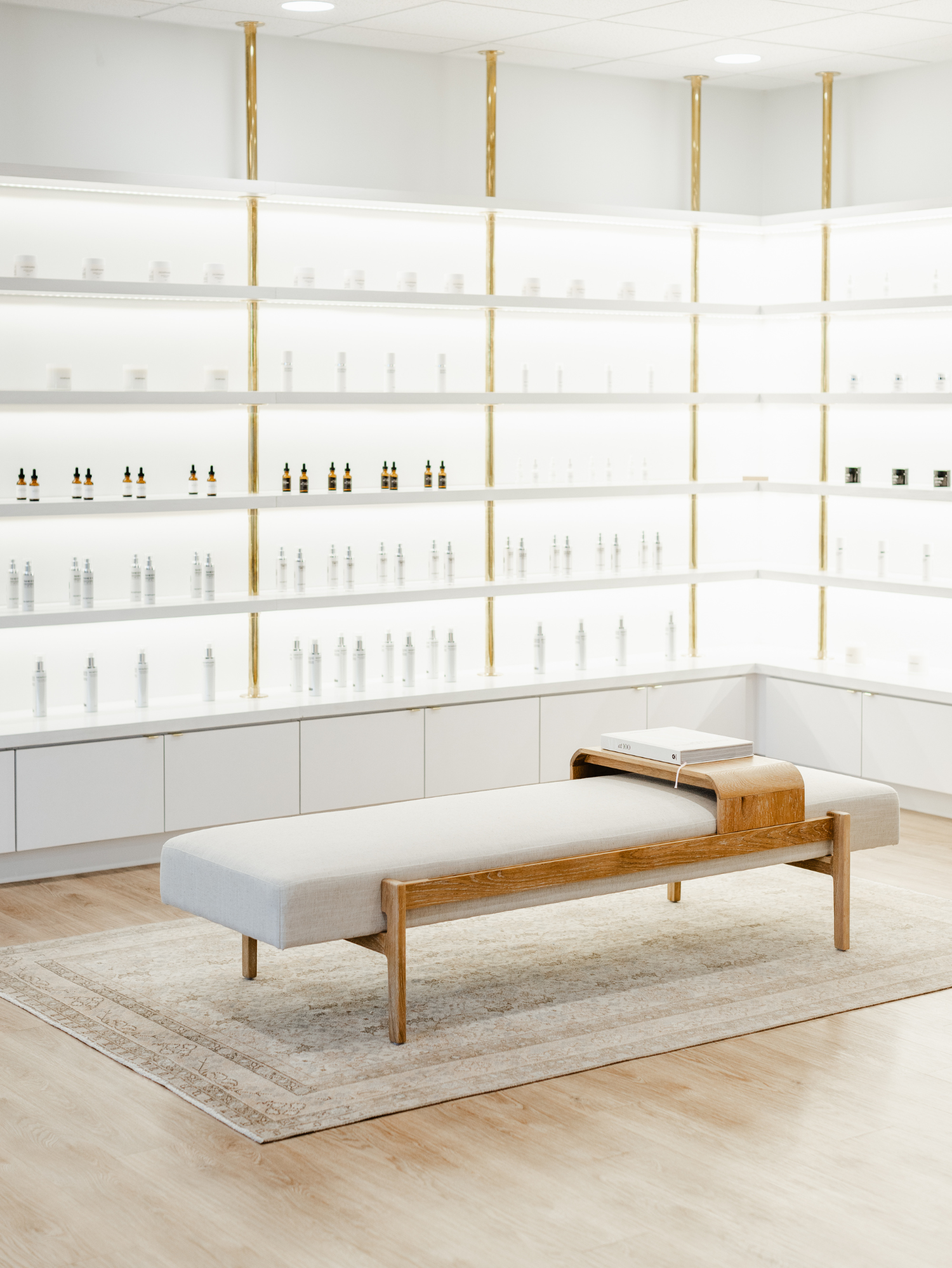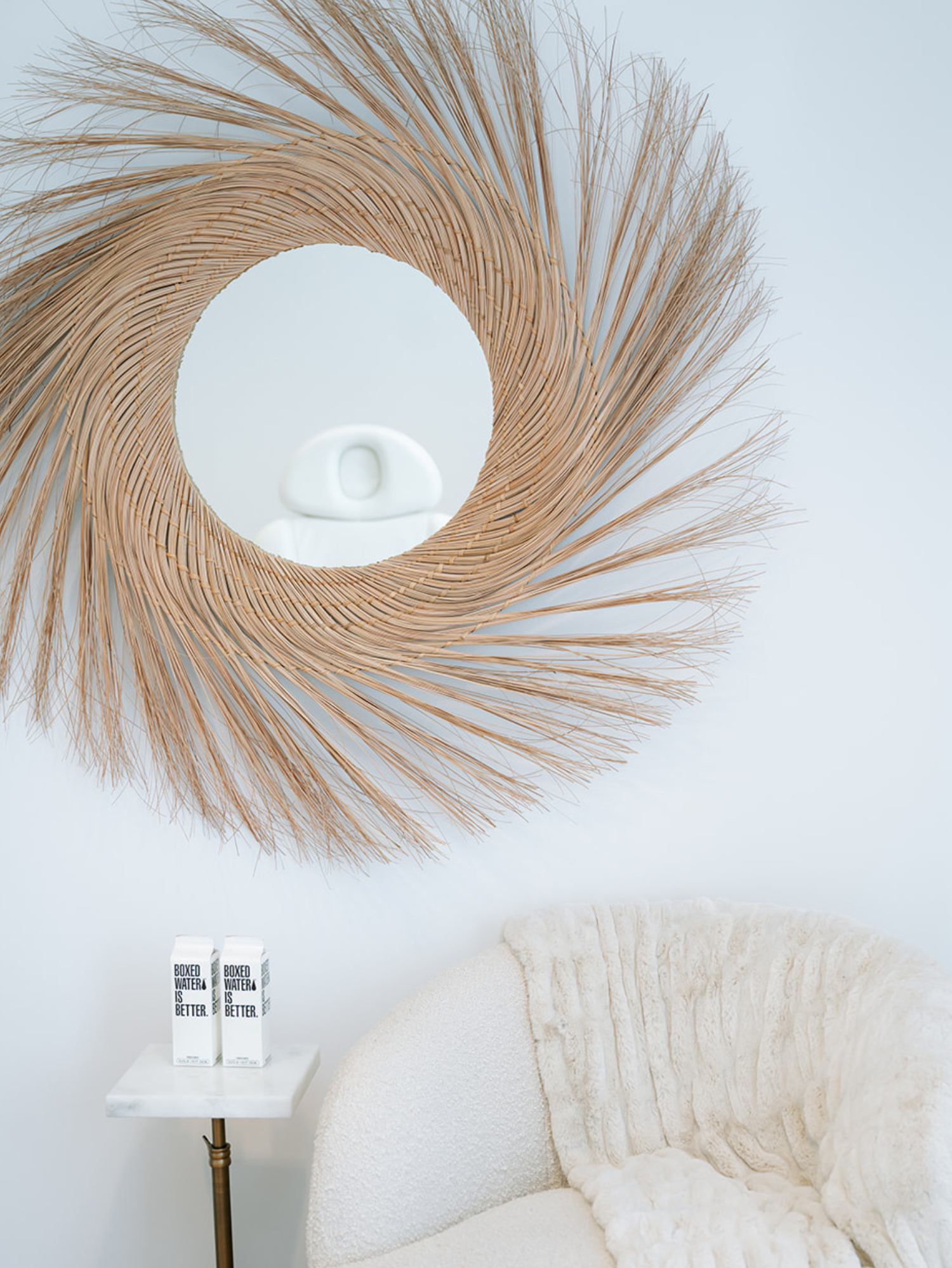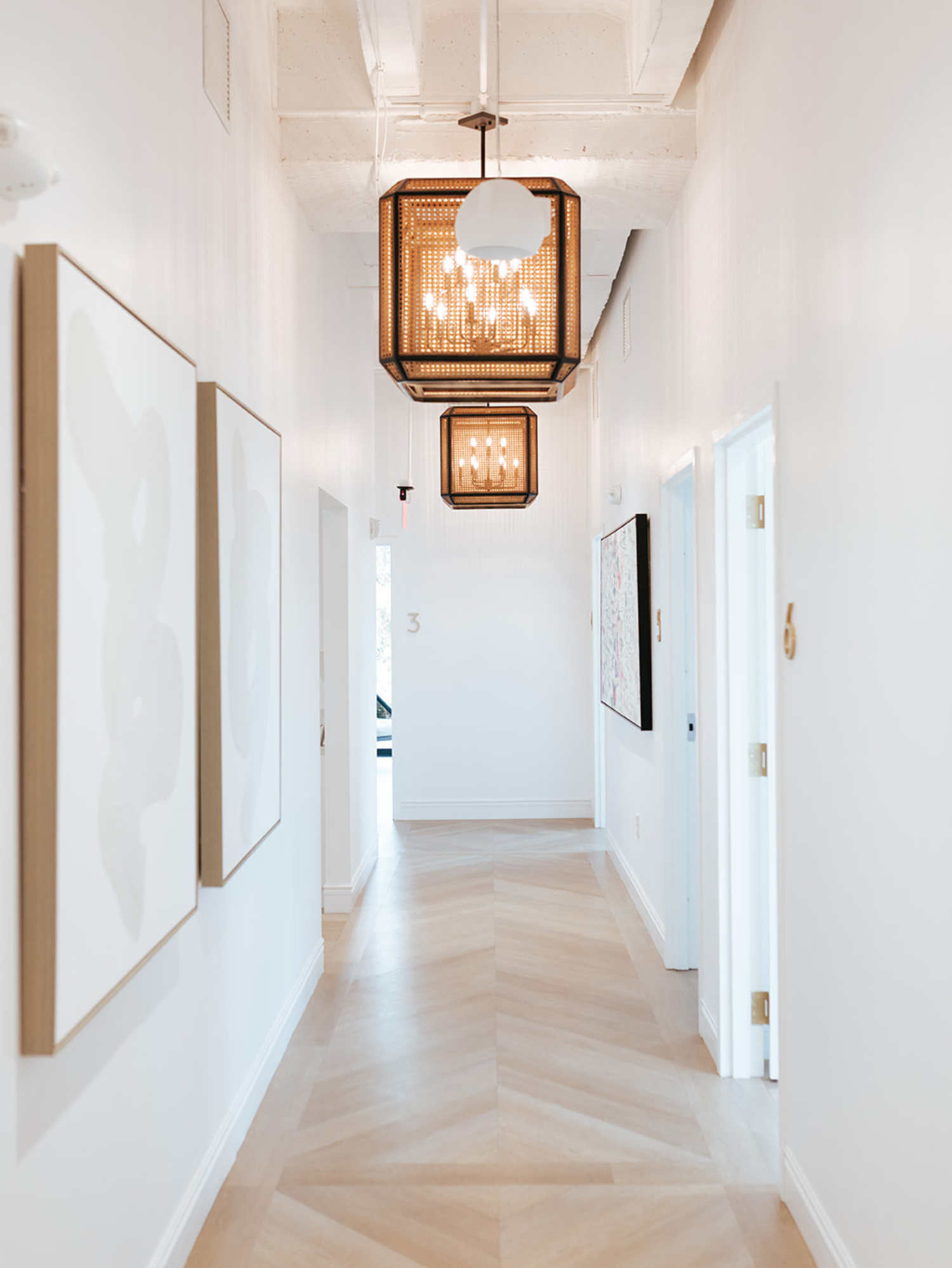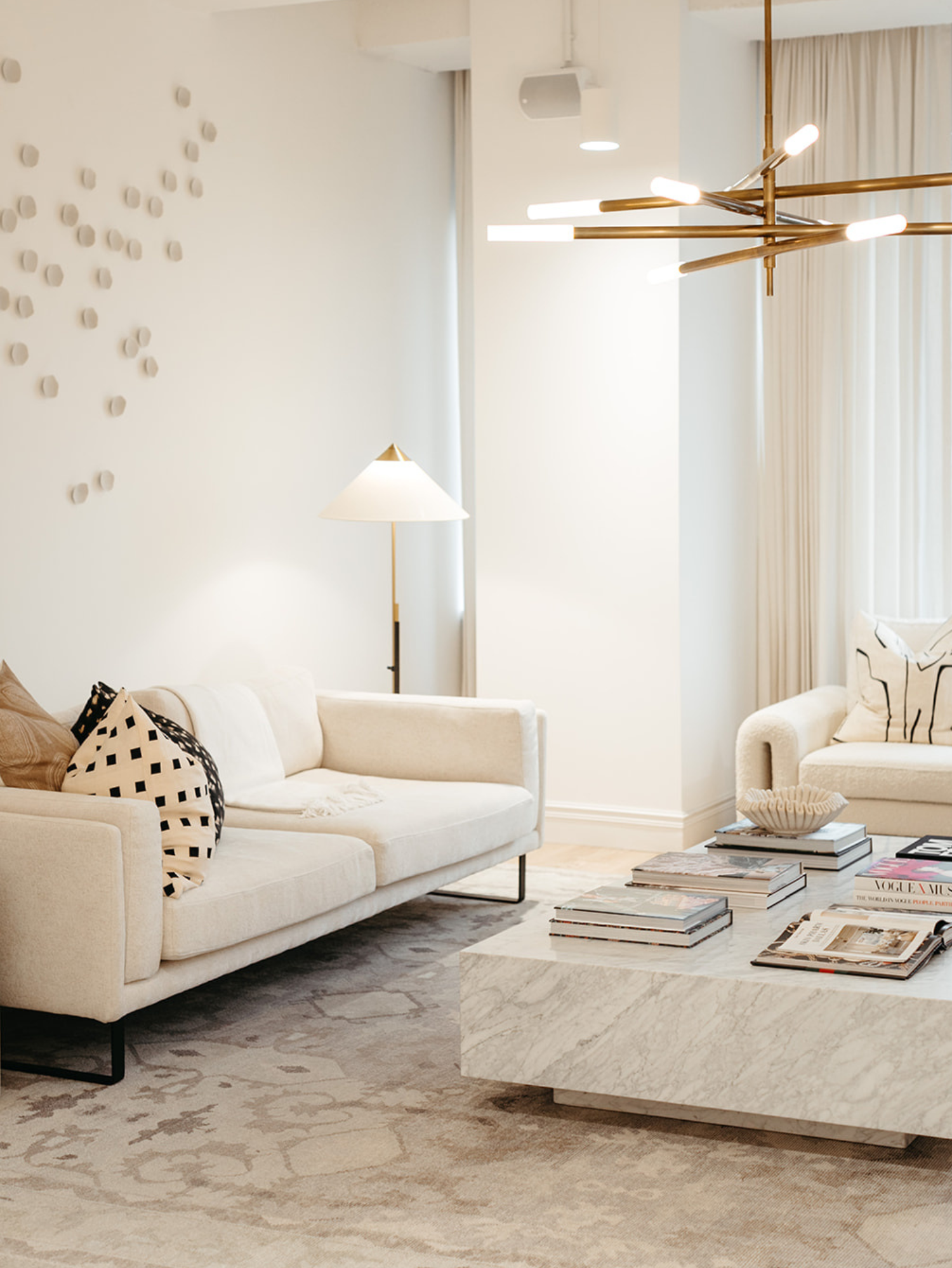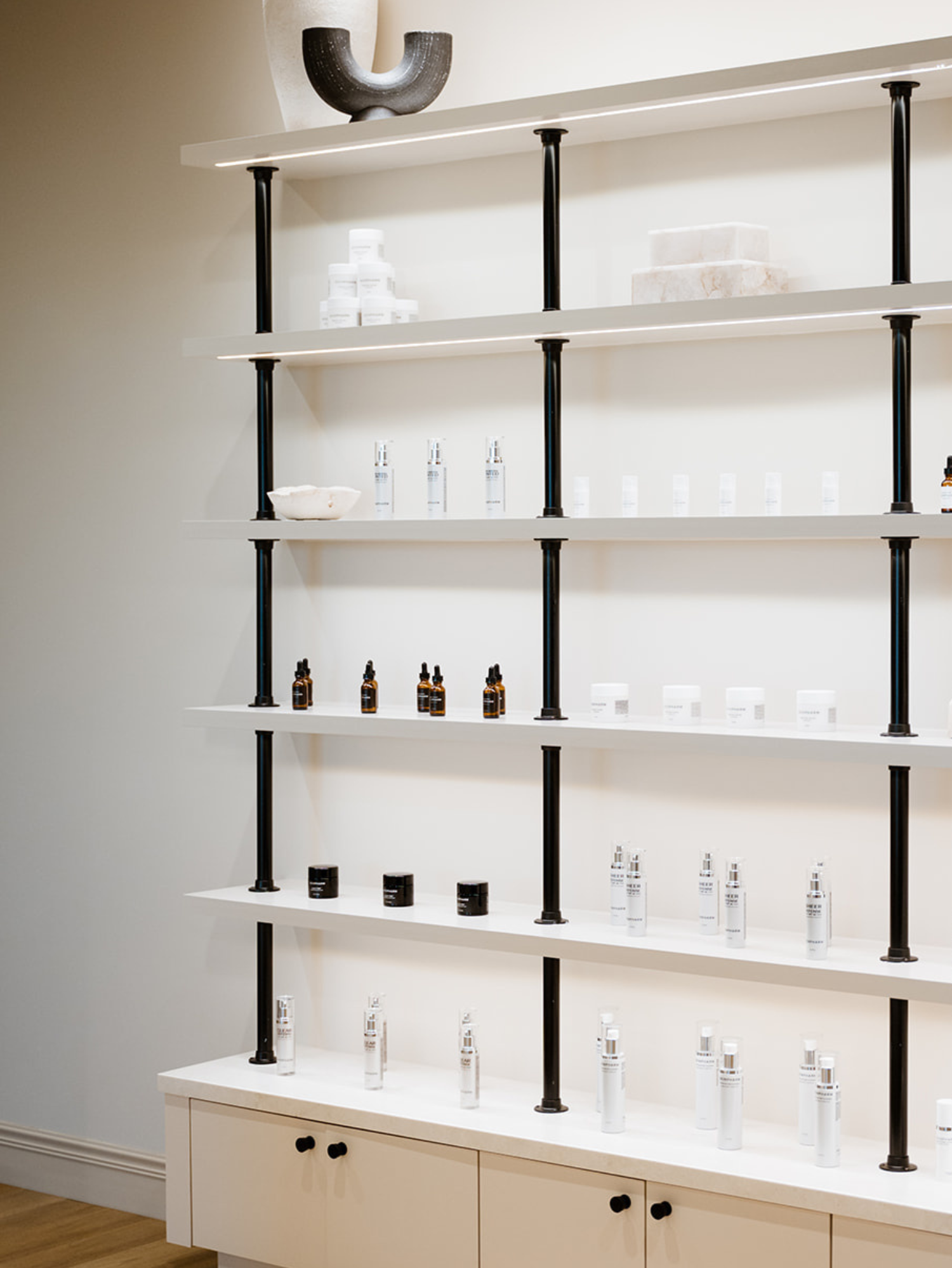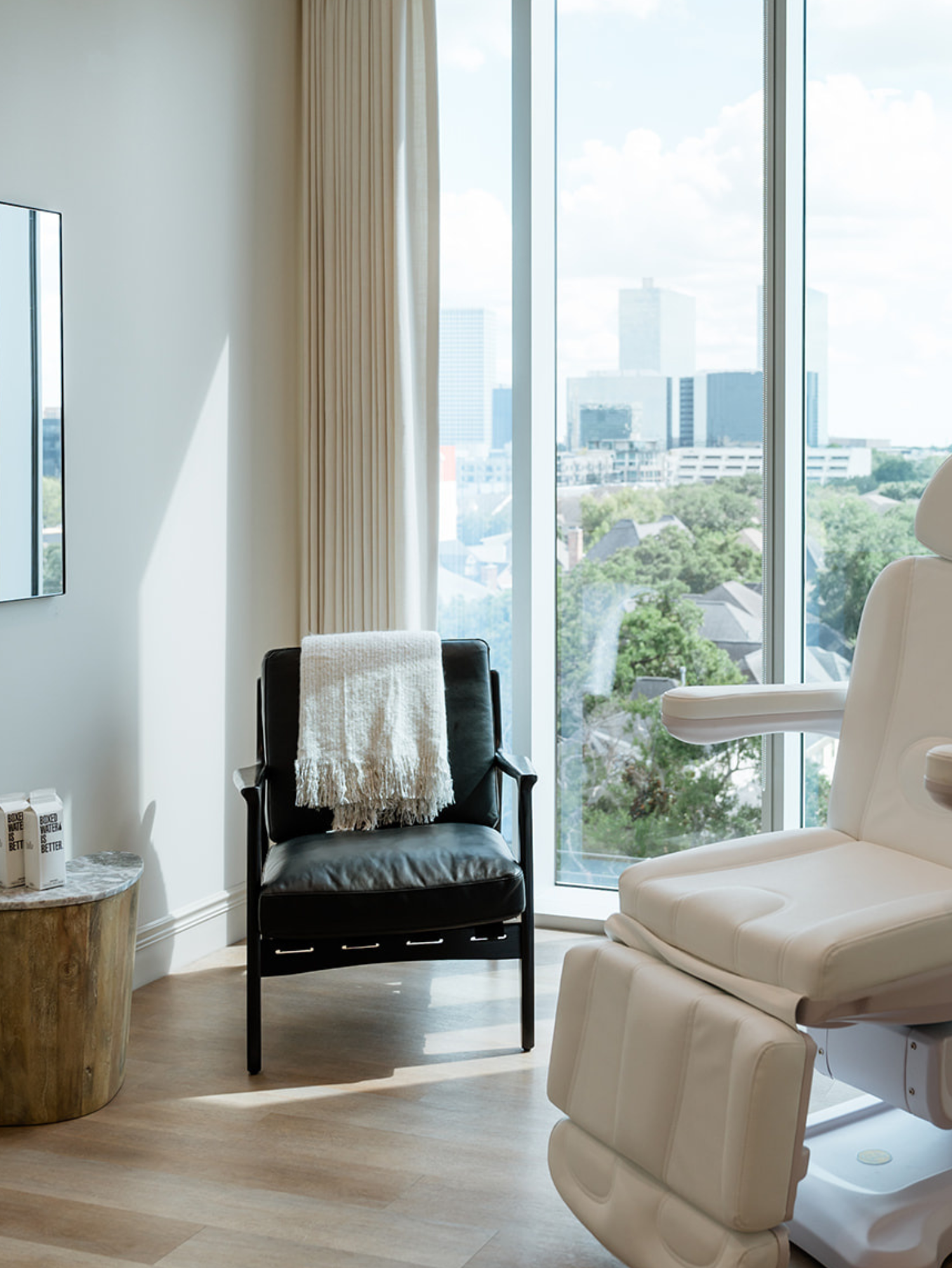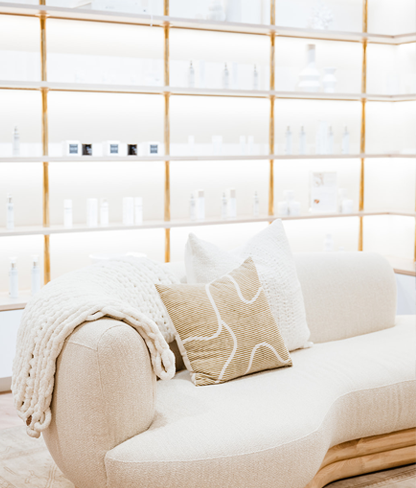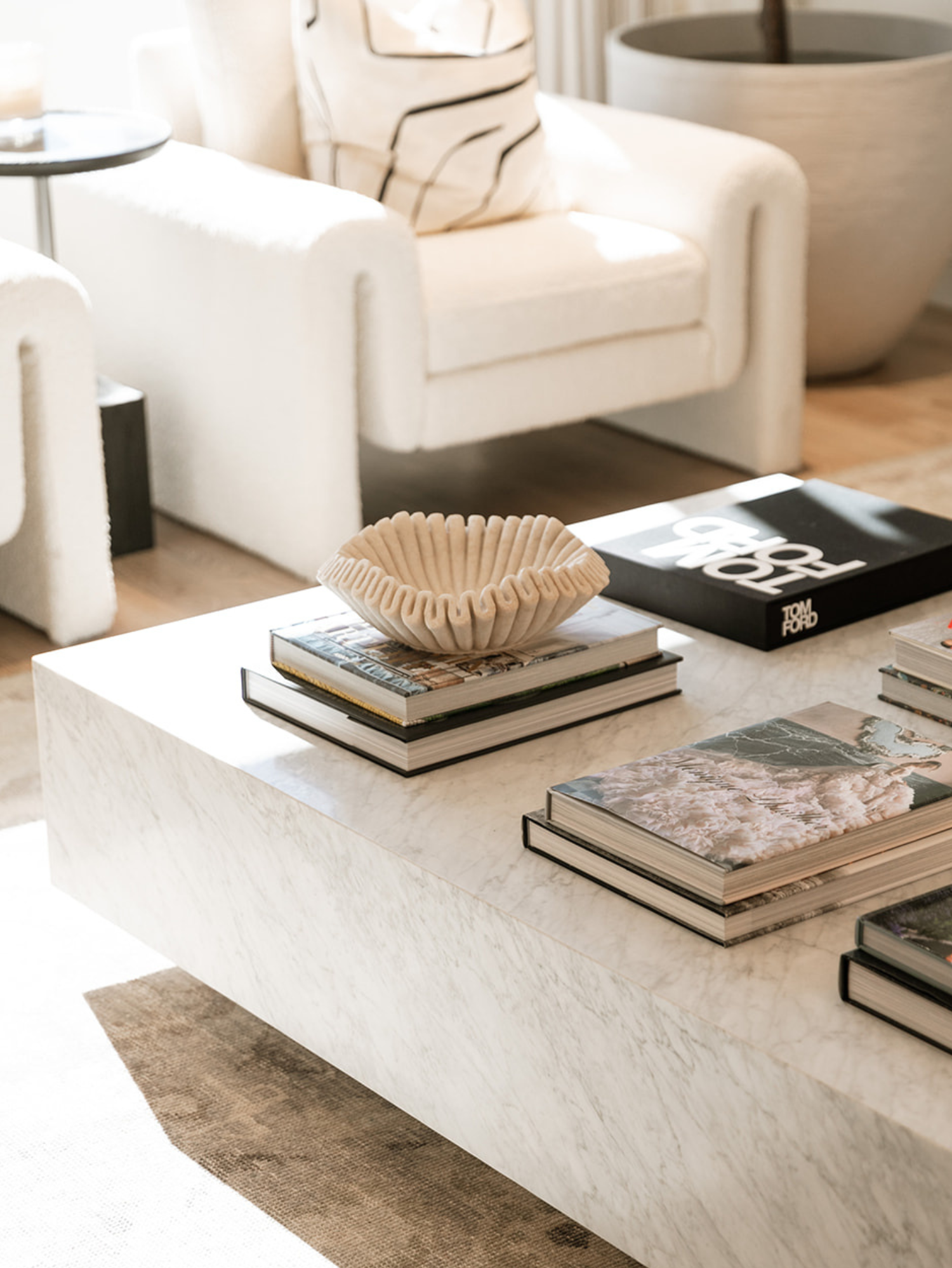Shop skin care
Clinics
VISIT OUR 9 CLINICS →
HOURS
Monday – Friday
9:30a – 5:30p
Are Facials Good for Acne? 4 Commonly Asked Questions

Are facials good for acne? Is there anything you should be doing for an active breakout?
While breakouts can put a damper on your day, you can fight back by choosing the right skin care routine and treatments to help get you through them.
We’ve got answers to four of the most commonly asked questions our skin care providers hear, and we’ll go over what options are available to help you fight back against breakouts.
1. Is there anything I can do at home to manage a breakout?
If you’re prone to breakouts, the best thing you can do is to choose a skin care routine that supports your skin the way it needs it most. The right cleanser, toner, serum and moisturizer can make a huge difference in how resilient your skin is, how often you have breakouts and how long those breakouts last. Finding a kit, like our Acne-Prone Kit, that provides all those products in a single place helps take the guesswork out of it.
Why is skin care such an essential tool for controlling breakouts? In general, a blemish is caused by clogged pores, as bacteria gets trapped beneath the skin and begins to multiply. The right skin care routine helps keep your pores nice and clear, reducing the likelihood that they’ll clog and trigger a breakout!
Breakouts are often a systemic response to multiple factors, though. Taking care of your skin is crucial, but so is evaluating your triggers to see if you can find a common cause of your flare-ups. Acne can be due to hormonal changes, stress, certain foods or even genetics. Identifying the specific causes of your breakouts can help you change your lifestyle, which, combined with the right skin care routine, is the most well-rounded, effective approach.
2. Can a BBL photofacial help manage an active breakout?
Active breakouts can feel uncomfortable and demoralizing, but that doesn’t mean you should just sit back and passively wait for them to be over. But are facials good for acne? They can be — if you know where to look!
A great example of a facial that is specifically good for helping with breakouts is the BBL (BroadBand Light) photofacial. The BBL photofacial is already quite well-known for harnessing the power of light to lighten sun spots, decrease redness, stimulate collagen production and speed up skin cell rejuvenation. But it also has specific benefits for people with active breakouts.
At Skin Pharm, we use BBL photofacials to provide a skin care service called Blue Light Acne Therapy. The facial works by using a slightly different blue light filter that targets the bacteria that cause breakouts (Propionibacterium acnes or P. acnes). When P. acnes gets trapped inside the pores by sebum and other debris, it’s allowed to grow out of control — eventually turning into blemishes! The blue light in the BBL photofacial kills as much of that bacteria as possible, reducing the risk of breakouts.
To treat new breakouts, we recommend a once-weekly BBL photofacial appointment for six to 12 weeks, followed by either monthly or seasonal maintenance (depending on your specific need). Your skin will not only have fewer blemishes but also be far more even and radiant. There’s a reason this is one of the most multi-purpose facials we offer — we recommend continuing them even after your breakouts have cleared!
3. Can facials make acne worse?
In certain situations, having a facial can make acne flare-ups worse. This is often the case with severe, inflammatory-type breakouts, where your skin is already extra sensitive. Many facials work by using exfoliation, which helps remove older skin cells from the skin’s surface to clear the pores and prevent blockages. However, exfoliation can also be harsh on the skin. If that skin is already inflamed from your breakout, exfoliating may further irritate it.
The people who will benefit the most from getting a facial to help with acne are those with smaller, non-inflammatory breakouts. However, your skin care provider can help give you a better idea of the most supportive plan for your skin. If you’re unsure, schedule a skin consult.
In addition to avoiding facials if you’re going through a severe breakout, we always want to remind you to never pop, squeeze or otherwise try to extract your blemishes yourself — doing this is how scars happen. While it may be difficult to leave them alone, especially if they’re unsightly and have a “head” on them, letting them heal naturally is the best way to reduce the likelihood that your skin will scar as a result.
Once your skin is clear and you’re on the mend from your active breakout, though, exfoliants may be an excellent product to include in your routine. Check with your skin care provider to find out your personalized recommendations, as there are options you can also use at home!
4. What can I do about acne scars?
You can do everything right and still end up with acne scarring. However, just because the active phase of your breakout is over doesn’t mean facials stop being helpful. If you’re dealing with atrophic acne scars, which look like indentations in the skin, there is one specific type of facial that can be the most beneficial — microneedling.
When you have a microneedling facial performed, our providers use a specialized tool that makes microscopic, controlled wounds in the targeted areas. While the wounds may be superficial, the body responds to them the same way it would a much larger, more obvious injury — it ramps up collagen production to help heal the perceived damage.
While it may take four to six sessions to see a real difference, your skin will slowly start to repair itself, replacing old, damaged and scarred tissue with fresh, smooth skin.
If you really want to up the ante, ask your provider about adding platelet-rich plasma (PRP) to your microneedling treatment. PRP is a component of the blood, which is drawn in the office and spun down to separate the “liquid gold” from the rest of it. PRP is impressive because it uses the healing power of your own body to encourage the skin to heal more quickly. Our skin care providers can apply it to the skin’s surface before microneedling, inject it just under the skin or both!
For those with a little extra downtime, chemical peels may also help improve your skin post-breakout. There’s a reason they call chemical peels the ultimate reset — they’re powerful exfoliating agents that can seriously speed up the skin’s ability to rejuvenate itself. However, because they are so strong, they shouldn’t be used by anyone experiencing an active breakout.
To sum things up...
Are facials good for acne? As long as you choose the right treatments and ingredients that work with your skin instead of against it, they can be!
No one enjoys breakouts, but you don’t have to sit back and wait for them to clear on their own. Skin Pharm can help you regain your power, giving you back the more even, radiant and stunning skin you deserve. Whether you have breakouts, signs of aging or dark spots or just want to maintain your skin’s health, we’re here for you.
SOURCES:
Photopneumatic technology for the treatment of acne vulgaris | PMC
Microneedling Therapy for Atrophic Acne Scars | PMC
Platelet-rich plasma and its utility in the treatment of acne scars: A systematic review | PMC
